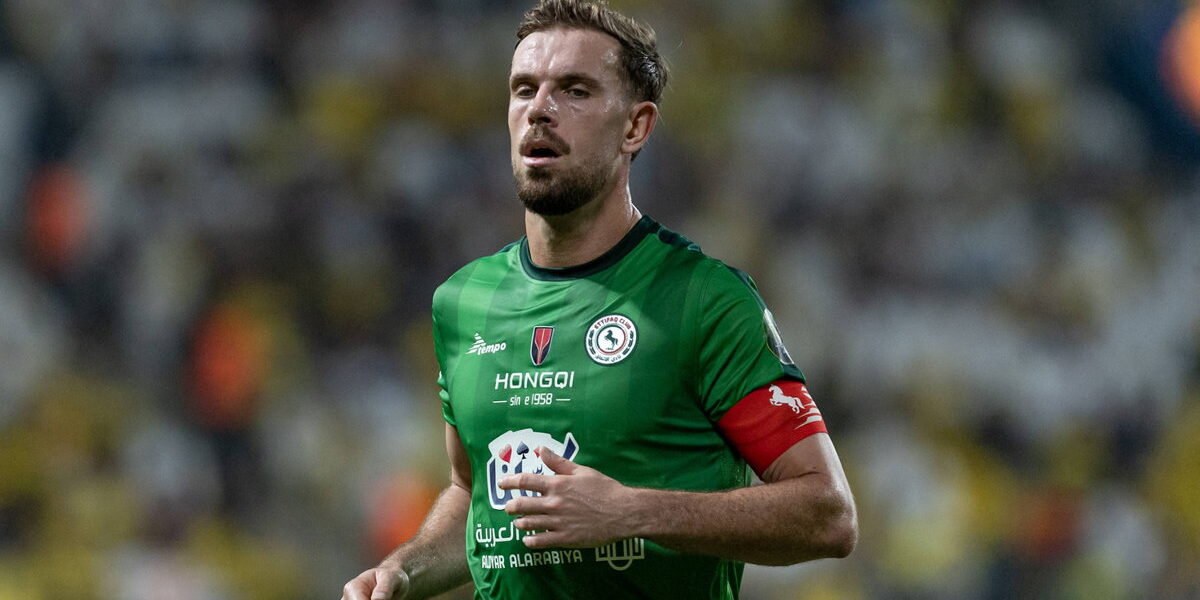Jordan Henderson couldn’t stop smiling on his first day at Ajax Amsterdam. The former Liverpool captain moved to the Dutch club on a free transfer in early January, terminating his contract with Al-Ettifaq, which he had signed only last July. Despite forfeiting around 50 million euros in wages until 2026 due to his swift departure from Saudi Arabia, the 33-year-old does not seem too bothered. His decision was firm.
“It was a football decision,” said Henderson, explaining the premature end to his time in the Saudi Pro League. Other stars may soon follow in his footsteps. After all the transfer buzz last year, Saudi players are facing an exodus. Former Manchester City defender Aymeric Laporte was lured to Al-Nassr for 27.5 million euros.
Shortly after the move, he complained in an interview with a newspaper that he was “disappointed” with his stay. This is the same club that brought Cristiano Ronaldo to the country. Meanwhile, Sergej Milinkovic-Savic, for whom Al-Hilal paid 40 million euros to Lazio last summer, reportedly told his former teammates that he misses them greatly and would love to return. Benzema to earn up to 200 million euros.
Karim Benzema, who is set to earn up to 200 million euros a year playing for Al-Ittihad and is widely regarded as the team’s leader, is also working on his return to Europe. The Frenchman is said to be feeling stressed, evident through his skipping of training sessions. “Even 15 years ago, when the league was being established in Qatar, players and their agents didn’t have the right contacts. During negotiations, the five-star treatment is dazzling, but many of the benefits of being a sports star from Europe do not exist on the Arabian Peninsula,” explains Tilman Engel, who helped create the Qatari league as a business consultant.
Laporte, who has only been with Al-Nassr for six months, asserts that there are many dissatisfied players. Former Liverpool key player Henderson even called his decision a “mistake.” “Quickly become unwelcome”
“Henderson’s premature departure is also seen as an insult to the person who bought him for a huge sum of state money. You quickly become unwelcome,” Engel argues, showing that even in Saudi Arabia, where astronomical amounts are spent on football, transfer failures can be perceived very differently.
Another issue is the lack of fan support for the league. The best matches between top clubs like Al-Ittihad and Al-Hilal attract tens of thousands of spectators. However, only four clubs have an average attendance above 10,000 per home game. Going to the stadium every two weeks is not part of the fan culture among Saudis.
On almost every match day, fewer than a thousand fans are in the stands. Only 696 people watched Al-Ettifaq (Henderson’s former team, currently coached by Steven Gerrard, another Liverpool legend) in Riyadh. Clubs are unlikely to change their minds and still plan to make transfers from Europe. With the arrival of Brazilian Renan Lodi from Marseille for 23 million euros, Al-Hilal, the league leaders, brought in their first top player for the second half of the season, which begins in mid-February.
The league’s chief even recently dreamt of signing Messi. “Critical comments by players can cause a stir in Europe. But in countries like Saudi Arabia, there is limited and selective perception. The crown prince doesn’t read balanced press reviews of his projects; it’s mostly mutual adoration.
None of the football decision-makers would convey such statements to the prince’s circle, as they would lose their base,” explains Engel. From the Saudi perspective, the football project has already paid off. In 2034, the World Cup will return to the Arabian Peninsula, “approved” by the most important figures in world football. The importance of Saudis in football is growing.
